Preserving and protecting the environment and promoting resource efficiency.
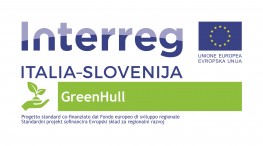
Protecting and promoting natural and cultural resources
The objective of the project was to improve environmental protection through the development of 3 Innovative Green Technologies (IGTs) and solutions for more efficient cross-border management (CBM) of water and hazardous waste.
The challenge of the GreenHull was to address the problem of marine pollution in the Programme Area (PRO) from the cleaning of hull biofouling (BOTL), which contributes to improved ship performance, reduced greenhouse gas emissions and emissions of hazardous substances and non-indigenous species into the local environment. The objective of the project was to improve environmental protection through the development of 3 Innovative Green Technologies (IGTs) and solutions for more efficient cross-border management (CBM) of water and hazardous waste. The main change in the PRO is the enhanced innovation in the field of green-blue economy and the improved CBM of water and hazardous waste. The project outputs were 3 IGTs for ecological in-water cleaning of hulls and other submerged structures (multisensor robotic platform, modular wastewater treatment plant, cleaning assembly) developed and pilot-tested, guidelines based on a legislative and professional basis for the development and use of the developed IGTs, and the development of a model for the management of BOTL wastes. The project outputs are of benefit to companies, research and educational institutions, local communities and environmental policy actors in the PRO. The sea has no borders and a cross-border public-private cooperation approach was necessary to ensure more efficient water and marine waste management in the in-water BOTL treatment. The IGTs and the guidelines developed represent unique solutions offering opportunities for further development of BOTL treatment technologies and policy-making in environmental protection, water and waste management at regional, national, EU and international levels. During the implementation of the project, the partners, in cooperation with subcontractors and stakeholders, have already addressed new challenges and identified relevant calls for future projects. BOTL issues were highlighted at public events and in the media and new actors in the field were engaged.
The project outputs were 3 IGTs for ecological in-water cleaning of hulls and other submerged structures (multisensor robotic platform, modular wastewater treatment plant, cleaning assembly) developed and pilot-tested, guidelines based on a legislative and professional basis for the development and use of the developed IGTs, and the development of a model for the management of BOTL wastes. The project outputs are of benefit to companies, research and educational institutions, local communities and environmental policy actors in the programme area.
Lead Partner
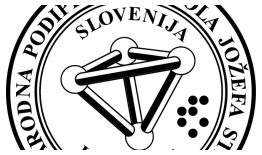
Project partner 1
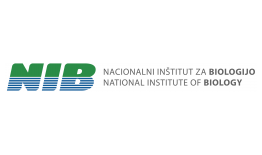
Project partner 2
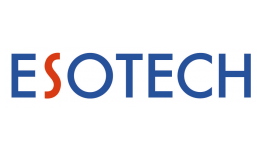
Project partner 3
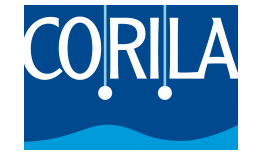
Project partner 4
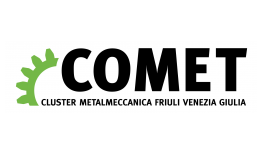
| GreenHull Newsletter n.1 GreenHull_Newsletter_n1.pdf ( 4 bytes, published on 29 October, 2020 - 09:51 ) | |
| GreenHull's brochure GreenHull_Brochure.pdf ( 11 bytes, published on 19 March, 2021 - 23:22 ) | |
| GreenHull's poster GreenHull_Poster OK.pdf ( 1 byte, published on 6 September, 2021 - 17:25 ) | |
| GreenHull Newsletter n.2 GreenHull_Newsletter_n2.pdf ( 3 bytes, published on 10 September, 2021 - 12:02 ) | |
| Final GreenHull's brochure Greenhull_brochure_versioneonline.pdf ( 1 byte, published on 17 March, 2023 - 15:49 ) | |
| Media publications Objave v medijih.pdf ( 56 bytes, published on 22 September, 2023 - 13:40 ) |
In the GreenHull project, the project partners have successfully implemented all activities according to the plan set out in the project application form. The activities were carried out under four work packages (WP). In addition to project management (WP 1) and communication (WP 2), we successfully completed the tasks of two implementation work packages: WP 3.1 Development of Innovative Green Technologies and WP 3.2 Application of Innovative Green Technologies.
In WP 3.1, the first activity, "Legal support for the development of innovative green technologies", reviewed the technical and scientific literature on the development of innovative green technologies for the treatment of biofouling, as well as the directives and requirements of the relevant environmental legislation. All findings were collated in the report "Guidelines and requirements for the development of green technologies", which was the basis for developing and applying innovative green technologies in the GreenHull project. The project was thus able to continue with its planned activities to develop innovative technologies and, during the project period, successfully developed i) an underwater multisensor robotic platform with a cleaning system to clean biofouling from the hull of ships or other submerged structures and ii) a modular wastewater treatment plant to treat seawater through multiple stages of treatment, which purifies the water to the point where it can be returned to the sea in accordance with the legislative requirements. The achievement of the regulatory limits for each environmental parameter was verified by monitoring the marine environment and by biochemical analyses of the seawater before, during and after the underwater treatment of the biofouling from the ship's hull and of the samples of the wastewater treated in each stage of the treatment plant. The significant achievements of the GreenHull project were also documented in a promotional video, an information programme on RTV Slovenia and other media.
In WP 3.2, under the activity "Legal basis for the application of innovative green technologies", we prepared an Environmental Risk Analysis and Assessment, which outlined the procedures for the implementation of underwater biofouling cleaning, identified all relevant physical, chemical and biological environmental parameters that need to be monitored before, during and after such treatment, and provided guidance on the management of hazardous waste that may be generated during such treatment. The activity "Development of a model system for the management of hazardous marine wastes generated during the underwater cleaning of biofouling" considered the legal framework in the field of environmental protection, the provisions of the Water Directive and the legislation on waste management, and prepared a framework plan for the management of such wastes, including the stages of collection and storage, transport, disposal and possible recovery. WP3.2 also carried out several tests of the developed green technologies. Firstly, the performance of each part of the cleaning system was verified in a test deployment phase, followed by the optimisation of the developed technologies, whose performance was finally demonstrated to the public by the project partners and the participating companies on the Laho ship in Portorož and at the final event at the Marine Biological Station in Piran. The closing conference with several invited speakers was recorded and can be viewed on the GreenHull YouTube channel. You are very welcome to watch!
CURRENT STATUS OF IMPLEMENTATION
The Project started on 1/3/2020 and ended on 31/08/2022
All planned activities were successfully implemented, and the main aim was achieved. All project results were presented at the final project event in Piran, Slovenia, at the end of August 2022.